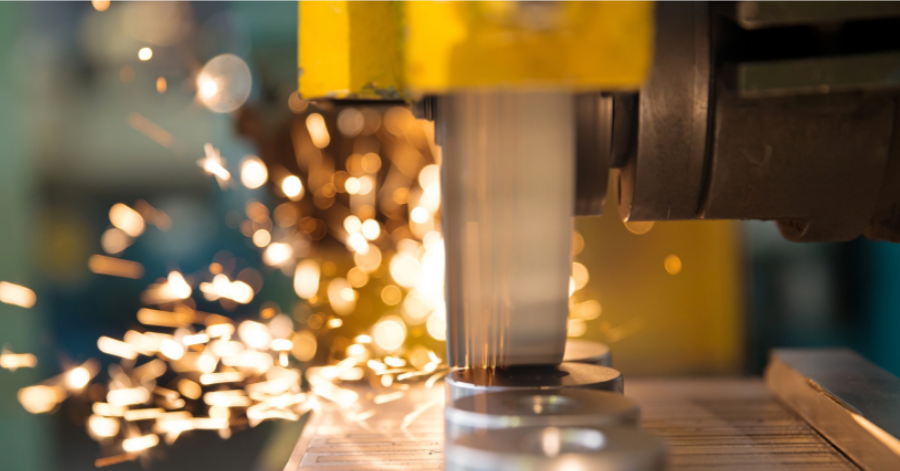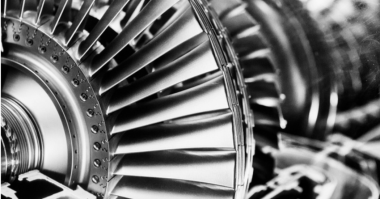Despite today’s technology and careful production techniques, porosity is a product of the manufacturing process. The binders used in the production of carbon graphite and graphite carbonize during the baking operation cause outgassing hydrogen and other gasses. These gasses create a network of interconnected porosity as they tunnel through the surface. Porosity in carbon graphite and graphite materials is inevitable.
Many applications that use carbon graphite and graphite, like mechanical seals, do not allow for porosity to exist. There is a practical solution to fill these voids: vacuum pressure impregnation.
What Is Molten Vacuum Pressure Impregnation?
Molten vacuum pressure impregnation (MVPI), also known as porosity sealing, is a process used to seal porosity in carbon graphite and graphite by use of vacuum and pressure. Vacuum impregnation can effectively eliminate both micro-porosity and macro-porosity.
The porosity that is present in carbon graphite and graphite exists uniformly throughout the material. If untreated, air and fluids can leak through the body of mechanical seals. Porous materials will also not be able to support the hydrodynamic film required to effectively run carbon graphite and graphite bearings in low viscosity liquids.
From industrial bearing and pumping industries to the aviation and even medical device field, vacuum pressure impregnation is a key tool to take advantage of.
What Are The Benefits Of MVPI?
By sealing and reducing porosity, the impregnation process serves many benefits, including:
- Enhancing material strength and stiffness
- Improving thermal properties
- Increasing current carrying capacity
- Improving lubricity in severe service conditions
The end benefit is that MVPI ensures product quality, extends product lifetime, increases productivity, and reduces costs.
These materials can be enhanced through metal impregnation. Molten impregnation significantly enhances the performance of high current carrying and heat-dissipating materials.
What Metals Can Be Used In MVPI?
You may have materials you’ve never even thought of impregnating with metal. Perhaps it seems easier to simply toss old, porous materials in exchange for something stronger.
The impregnation process can provide the strength and properties you need and can be performed on any porous material with a high melting point that is not wet by molten metal. MVPI fills the porosity with stable metals resistant to attack from heat, oils, or chemicals such as:
- Copper
- Silver
- Bronze
- Babbitt
- Antimony
- Nickel Chrome
Across a variety of industries, from aerospace and energy to industrials and food, it’s important for part manufacturers to provide sealed components that meet the consumer’s highest expectations. Through a variety of metals, the impregnation process can deliver that satisfaction with guaranteed results supported by the science of vacuum pressure impregnation.





Comments